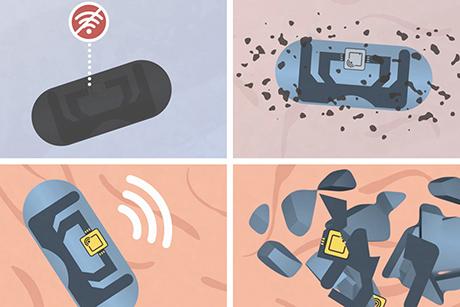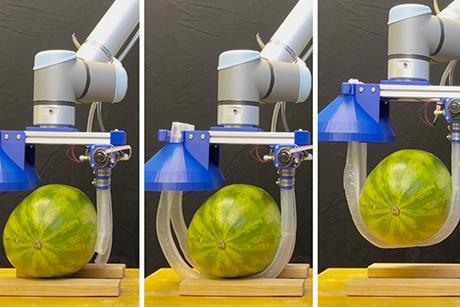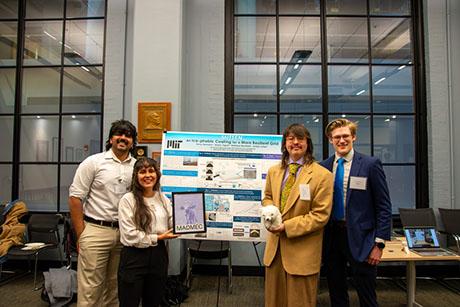Harvesting fresh water from fog
A study conducted by Professor John Lienhard, postdoc Ronan McGovern, and others shows that electrodialysis can provide cost-effective treatment of salty water from fracked wells.
Researchers at MIT's School of Engineering, working with colleagues at the Pontificial University of Chile in Santiago, are harvesting potable water from the coastal fog that forms on the edge of one of the driest regions on Earth.
Using a simple system of suspended mesh structures, placed on hilltops in areas with persistent fog and prevailing westerly winds, local Chilean communities collect fog water for drinking and agricultural use.
Fog-collecting technology is still in its infancy. But lab experiments have shown that variations in the mesh spacing, as well as the size and the wettability of the mesh fibers, all affect the volume of water that can be collected each day. Through engineering analysis and optimization of the mesh geometry and its surface chemistry, the team — which includes MIT professor of mechanical engineering Gareth McKinley and MIT professor of chemical engineering Robert Cohen — has been able to increase the fog-collecting efficiency of existing designs by 500 percent.
The technology holds great promise as a locally deployable and scalable alternative to other energy-intensive desalination technologies. Mesh-based fog harvesters are passive, inexpensive to fabricate, with almost no operating costs, and can be deployed in similar environments throughout the world.
(Video funded by MIT International Science and Technology Initiatives.)



